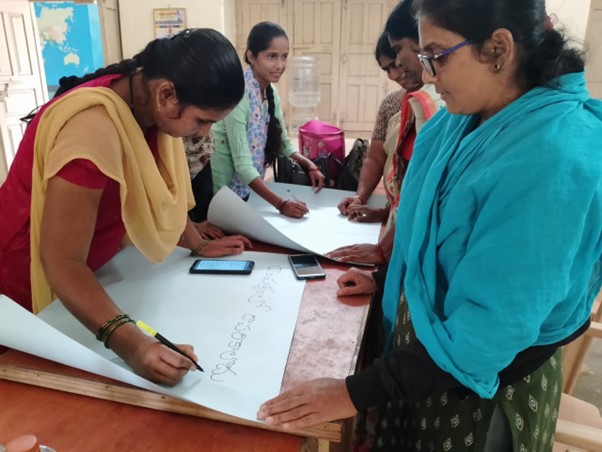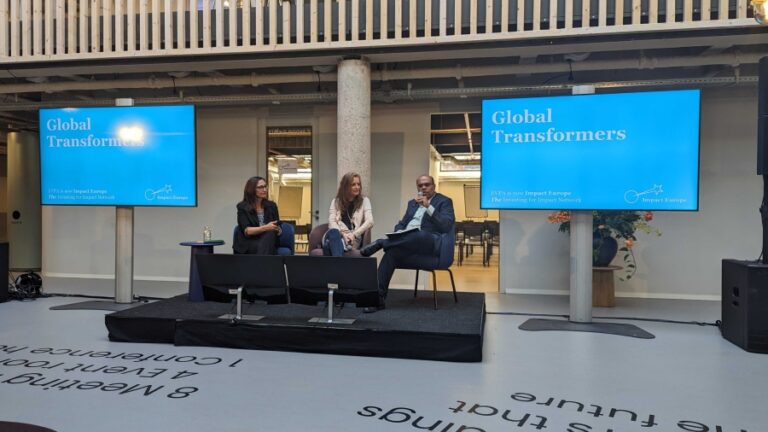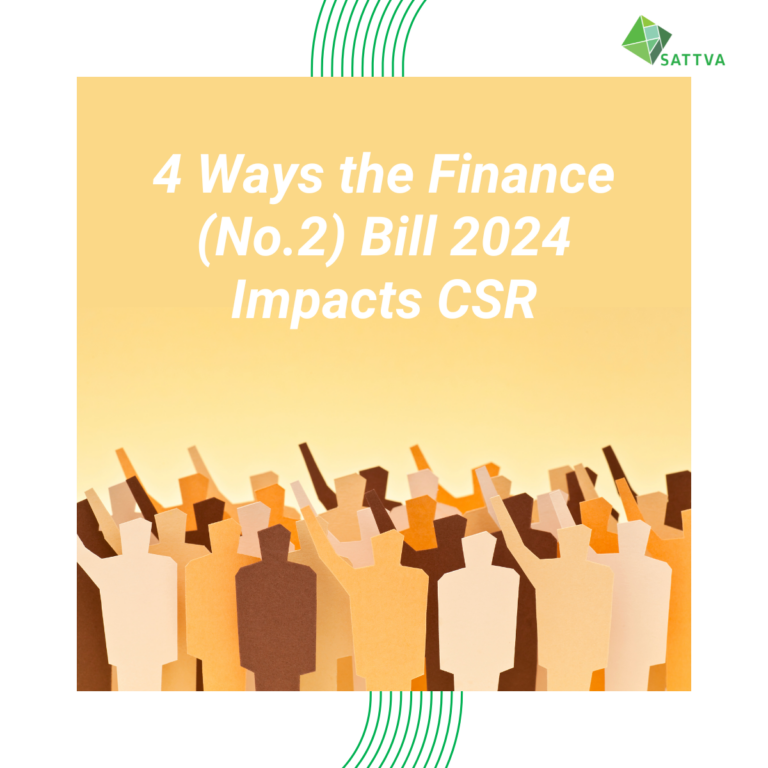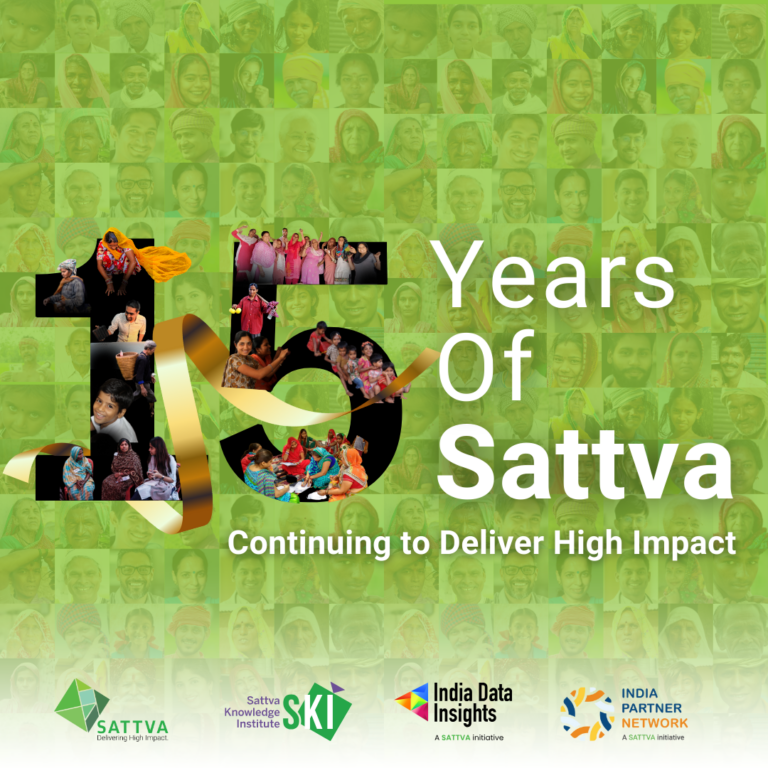By Arya Nambiar
After two rounds of a pilot phase, the first round of the three-year CLM programme was implemented in Delhi, Maharashtra, and Telangana in January 2023. Sattva, the programme implementing partner, carried out the following five stages which spans over six months, with a focus on CLM’s primary goals of enhancing the quality of HIV services and creating a second line of leadership:
Sattva, the program implementing partner, carried out the following five stages in each six-month round, with a focus on CLM’s primary goals
Orientation of key stakeholders on CLM and selection of Community Champions: During the first phase of the programme, the State Programme Managers (SPMs) and District Programme Managers (DPMs) oriented all the stakeholders involved in the HIV service delivery process in their respective districts on the programme through coordination and stakeholder meetings. These meetings were leveraged to build rapport and finalise focus areas.
Community Champions (CCs) were then selected by State Community Resource Groups (CRGs) under the concerned State AIDS Control Society (SACS) and trained on CLM. The interviewing skills of CCs were honed to ensure they collect high quality, accurate data during the client feedback collection stage. As a part of their training, they conducted mock interviews with the Client Feedback Tool (CFT). The CFT that was used for data collection from HIV service beneficiaries during the pilot phase was adapted and translated into the regional languages of the states the programme operates in.
Data collection from HIV service beneficiaries and its analysis: Guided by the CFT, CCs interviewed beneficiaries of HIV and Tuberculosis (TB) at service facilities across the selected areas to collect their feedback on services and identify gaps in service delivery. This data was then analysed using the 6A (Availability, Accessibility, Acceptability, Affordability, Awareness and Appropriateness) guiding principle, to produce insights that could be used to collaboratively arrive at implementable action points that would in turn solve these identified issues.
Co-creation of solutions: Collaboration is an essential element for the implementation and success of CLM, which is central to the co-solutioning process. CLM fosters this collaboration by bringing all the relevant stakeholders in a district together at a solution co-creation workshop to discuss the insights derived from the client feedback. During this workshop, the SOLVE card method is adopted, where participants devise a pathway to solve the identified issues, by recognising the issue’s root cause, and potential solutions, with timelines, monitoring methodologies and stakeholders mapped. By addressing the root causes of the identified issues, action points for each issue are developed. The recommended action points and meeting reports are reviewed by the District AIDS Prevention and Control Unit (DAPCU) and State CRG to ensure accountability for their implementation.
Implementation and resolution of action points: CCs along with DPMs dedicatedly follow up on the action points identified during the co-creation workshops by visiting facilities and quantifying the number of action points solved and remaining.
Identification of best practices: Best practices from the entire cycle that have yielded success and can be replicated in other areas facing the same challenge are identified and documented.
By the end of the first round of CLM in June 2023:
177 Community Champions were trained.
6865 HIV and TB service beneficiaries were interviewed.
179 score cards were generated to facilities to evaluate the performance of service facilities.
694 action points out of 844 have been implemented and resolved.*
20 best practices and 48 of the best service providers were identified across Delhi, Maharashtra and Telangana.
The first round of the CLM programme was a success, with many learnings and stories of hope. With each round, the programme will train more CCs, enabling their reach to spread wider and positively influence the health outcomes of each key population this programme focuses on.
The programme’s unique model of bringing together government decision-makers and community members shows promise to continually create amplified impact going forward.
*As of August 2023
————-
Do read our other articles on the CLM Programme:
- Democratising HIV Care
- HIV Positive and Homeless: The Effect of HIV Stigmatisation
- The Impact of Stigma on Health Outcomes
Sattva has been working with various non-profits and social organisations as well as corporate clients to help them define their social impact goals. Our focus is to solve critical problems and find scalable solutions. We assist organisations in formulating their long-term social impact strategy by strategically aligning with business to provide meaningful solutions to social issues.
Write to us: impact@sattva.co.in




